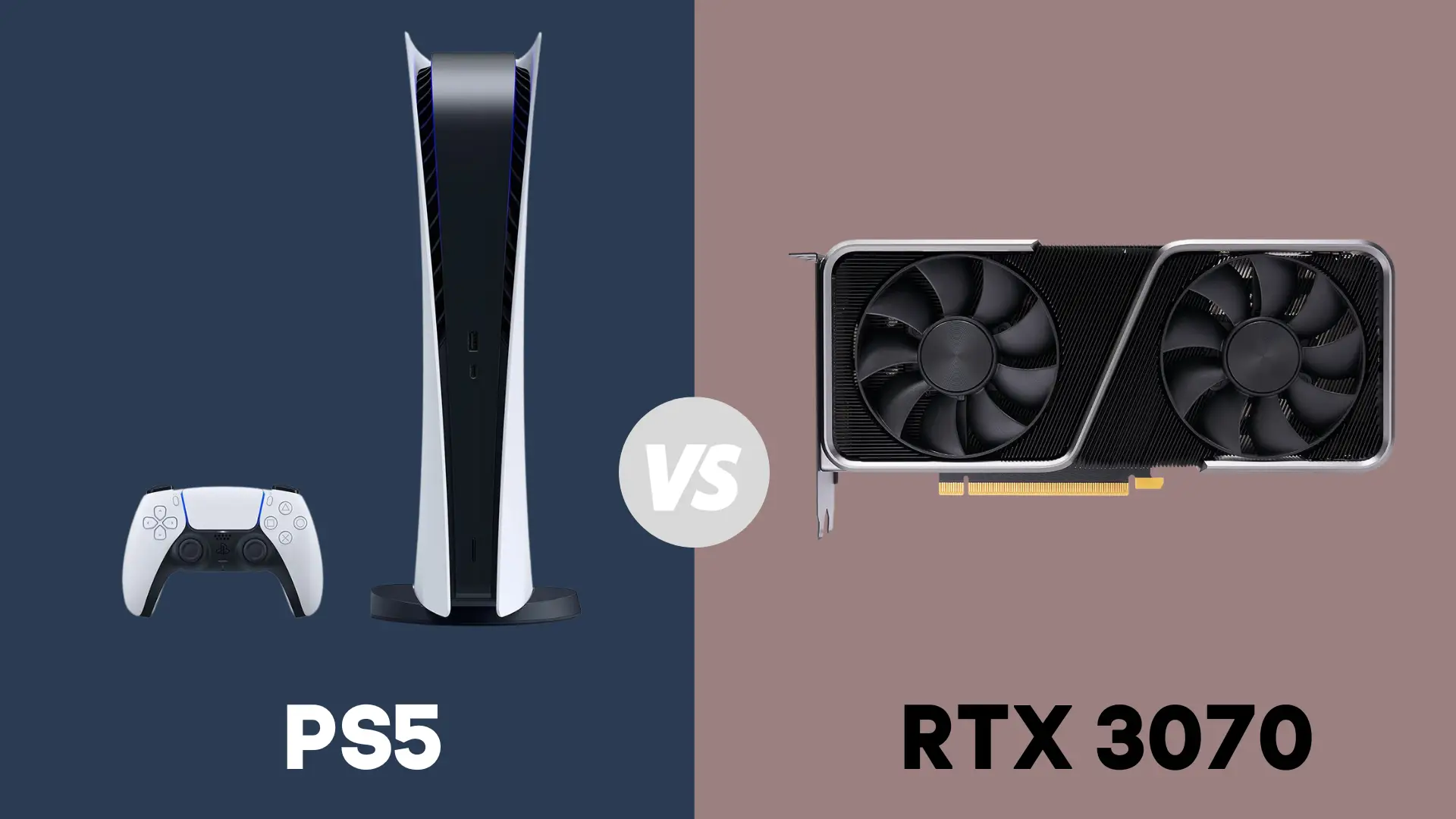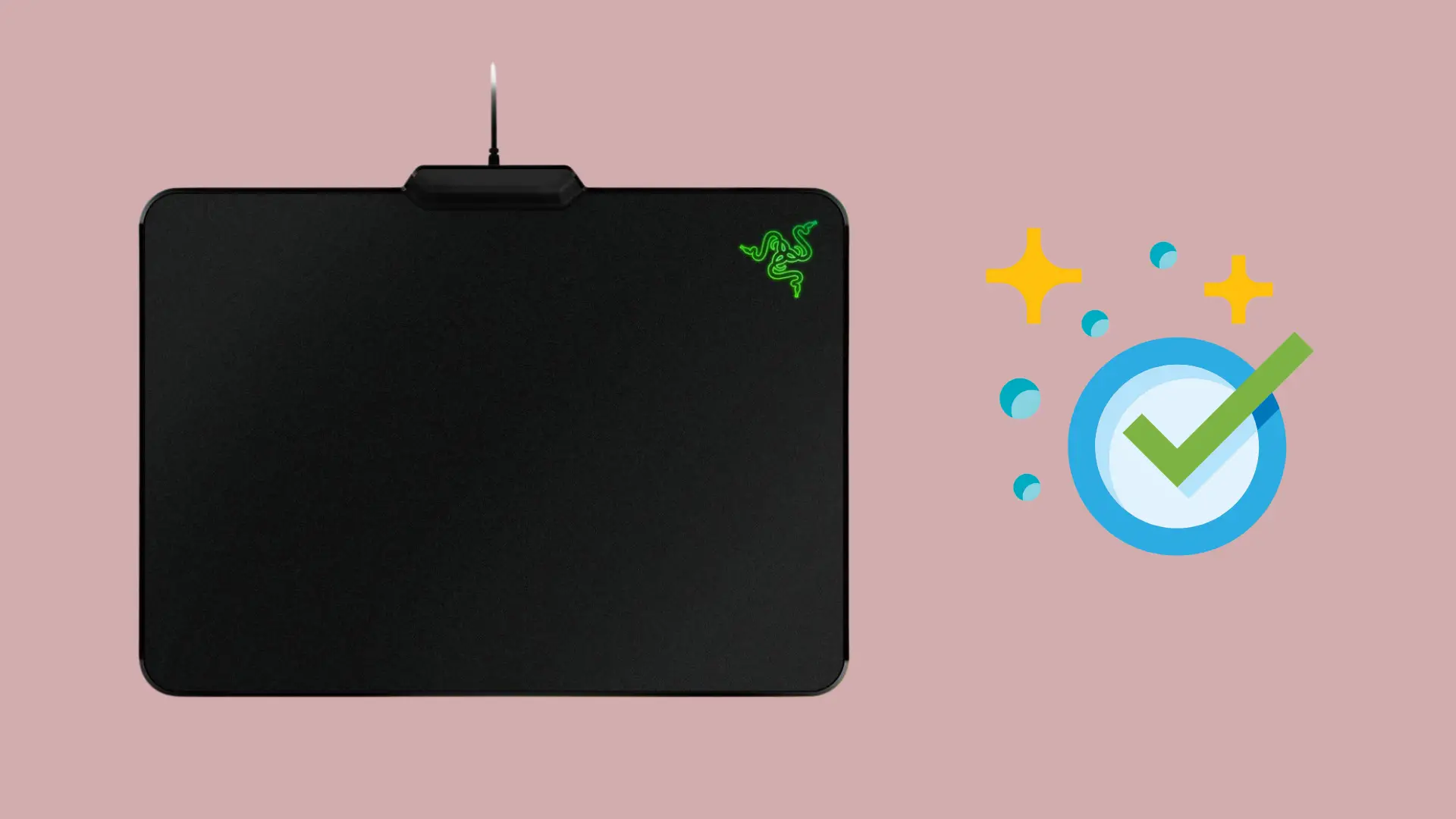Should I Keep My Gaming Laptop Plugged In All The Time? No, Here’s Why

You may have experienced a moment where your laptop performed relatively poorly, and as soon as you plugged in the charger, you noticed a significant change in performance.
While it’s no secret that plugging in the charger to your gaming laptop increases its performance, is it safe to do so? And can it affect battery health and longevity?
Should I Keep My Gaming Laptop Plugged in At All Times?
Generally, no, it is not ideal to keep your Gaming Laptop Plugged in all the time, and here’s why.
Modern gaming laptops use Lithium-ion batteries; lithium-ion batteries age faster when exposed to extreme temperatures. This can be exposure to sunlight, extreme ambient temperature, or even having your laptop overheat.
When Lithium-ion batteries charge over 80% of battery life, this adds additional stress to the battery causing it to chemically age at a faster rate. So much so that Apple uses a protection system that trickle charges after reaching 80% battery.
Now in the case of leaving your laptop constantly plugged into the charger, while it’s true that lithium-ion batteries stop charging after a 100% battery life. However, when left in the charger long enough, the battery will eventually drop to 99% and will then top itself back up to 100%. This process will repeat itself for the entire charge duration.
The longer this process goes on, the faster your laptop’s battery will chemically age, and thus reduce the overall capacity of your device’s battery at a faster rate.
Is it Safe to Keep Your Gaming Laptop Plugged into the charger?
While keeping your charger constantly plugged into your laptop can have a negative effect on its overall battery health. It is, however, a safe thing to do.
There’s no danger of overcharging a battery if you leave it plugged in all the time. As soon as it hits 100 percent, the power coming from the charger will be used to directly power your device rather than charging the battery. It will then only begin to charge if it drops below 100%.
Is it a Good Idea to Remove the Battery?
Now, if your gaming laptop is equipped with a removable battery, you may be wondering if it would be a good idea to simply take out the battery and power the device with the charger.
Well, the answer is a bit more complicated than a simple yes and no.
This is because it typically comes down to the manufacturer and the power management configuration on your laptop. Some laptops may still reduce the power even with an absent battery. Apple, for example, advised against taking out the battery when their laptops featured removable batteries.
How to Charge your Laptop for Prolonged Battery Health
As mentioned above, modern gaming laptops use Lithium-ion batteries, and unlike traditional batteries, Lithium-ion batteries work in charge.
A charge cycle is completed when you consume equal to 100% of your laptop’s battery.
For example, if you use 50% battery life today and charge it to 100% the next day and use 50%, you have then used up one charge cycle. After a number of charge cycles, your battery will diminish. For example, Macbooks only retain up to 80% of their battery capacity after 1000 charge cycles.
Now that you know that you don’t need to change your device all the way up to 100% and discharge it down to 0%. What would be the ideal charge cycle, you might ask?
The ideal charge cycle for prolonged battery health has been shown to be a 75% to 25% charge cycle. Meaning that you don’t allow your device to charge over 75% or drop below 25%. This is because charging over 80% and dropping below 25% battery adds additional stress to the battery and exceeds optimal battery temperature, thus resulting in your battery chemically aging at a faster rate.
- How to Pair Meta Quest 3 Controllers with Your Quest 3 Headset: A Quick Guide
- How to Charge Meta Quest 3: A Guide to Powering Up Your VR Experience
- How to Cast Meta Quest 3 to Samsung TV: A Step-by-Step Guide
- How To Factory Reset Your Meta Quest 3: A Step-by-Step Guide
- How to Power On and Off the Meta Quest 3





